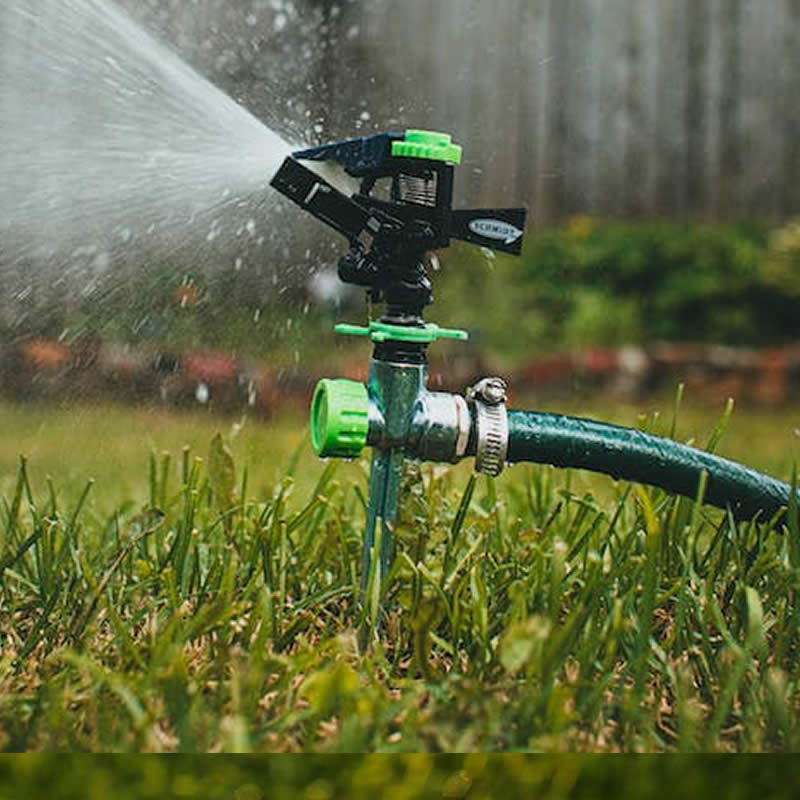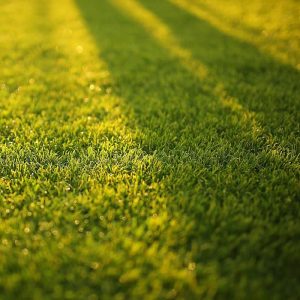
21 Feb The Art of Lawn Watering
A lush, green lawn is a source of pride for many homeowners, and proper watering is essential to maintain its health and beauty. After mowing your lawn, knowing how and when to water it becomes crucial to ensure optimal growth and appearance. In this article, we’ll explore the best practices for watering your lawn after it’s been mowed.
 Timing is Key
Timing is Key
Timing plays a significant role in watering your lawn effectively. It’s generally recommended to water your lawn early in the morning, ideally before 10 a.m. This allows the water to penetrate the soil deeply before the sun’s intensity increases, reducing water loss due to evaporation. Watering in the morning also helps prevent fungal diseases by allowing the grass to dry during the day.
Frequency of Watering
After mowing, it’s essential to assess the moisture level of your lawn before watering. Generally, lawns require around 1 to 1.5 inches of water per week, including rainfall. However, this can vary depending on factors such as soil type, climate, and grass species. Instead of sticking to a rigid schedule, it’s best to water your lawn when it shows signs of stress, such as wilting or discoloration.
Deep Watering vs. Shallow Watering
Deep watering encourages the growth of deep roots, making your lawn more resilient to drought and heat stress. Aim to water your lawn deeply, providing enough moisture to penetrate the soil to a depth of 6 to 8 inches. Shallow watering, on the other hand, only wets the surface soil and promotes shallow root growth, making the lawn more susceptible to drought.
Watering Techniques
When watering your lawn after mowing, use a sprinkler system or hose with a sprinkler attachment to ensure even coverage. Avoid watering too quickly, as this can lead to runoff, wasting water and nutrients. Instead, water at a slow and steady pace, allowing the water to soak into the soil gradually.
 Avoid Over-watering
Avoid Over-watering
Over-watering can be as detrimental to your lawn as under-watering. Excess water can lead to shallow root growth, soil compaction, and increased susceptibility to pests and diseases. To avoid over-watering, monitor the soil moisture level regularly and adjust your watering schedule accordingly. You can use a soil moisture meter or simply observe the lawn for signs of water stress.
Considerations for Newly Seeded or Sodded Lawns
If you’ve recently seeded or sodded your lawn, watering becomes even more critical. Newly seeded or sodded lawns require frequent, light watering to keep the soil consistently moist until the grass becomes established. However, be careful not to water too much, as this can cause the seeds to wash away or promote fungal growth.
Watering your lawn after mowing is a crucial aspect of lawn care that directly impacts its health and appearance. By following these best practices, including watering in the morning, deep watering, and avoiding over-watering, you can ensure that your lawn remains vibrant and lush throughout the growing season. Remember to tailor your watering schedule to the specific needs of your lawn and monitor soil moisture levels regularly for optimal results. With proper watering techniques, you can enjoy a beautiful, healthy lawn that enhances the beauty of your outdoor space.
If you need help with your lawn maintenance or patio construction, don't hesitate to contact us at (804) 898-1024 and we'll be happy to speak with you about your needs and projects.


